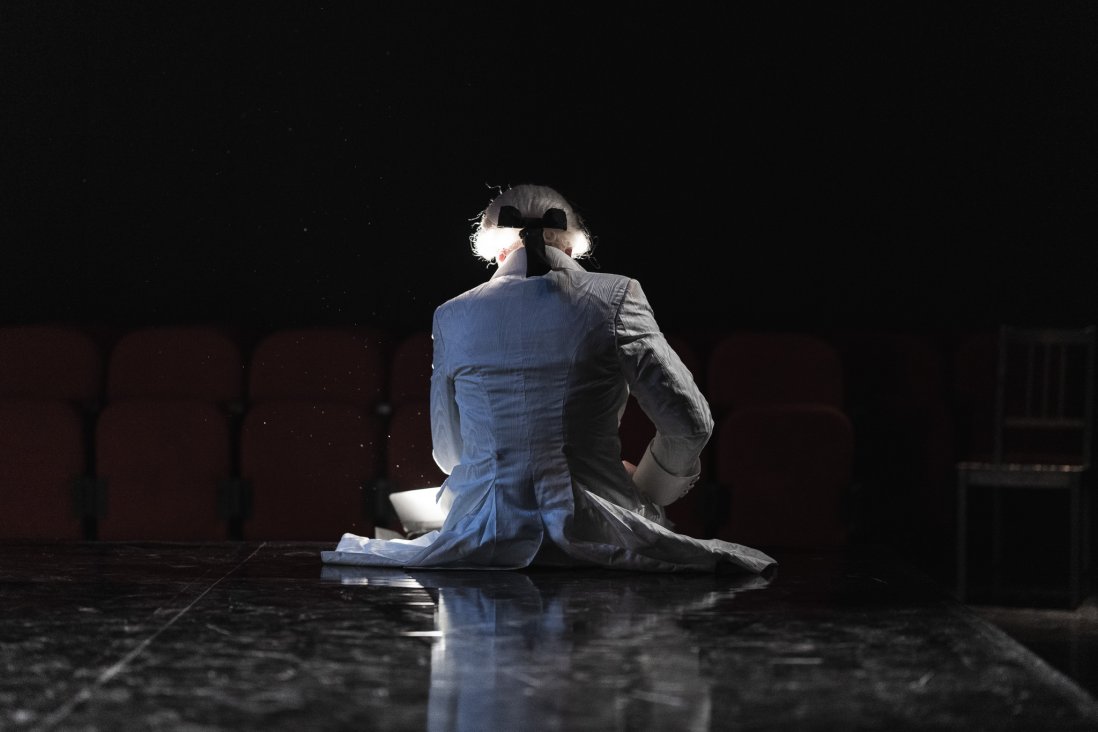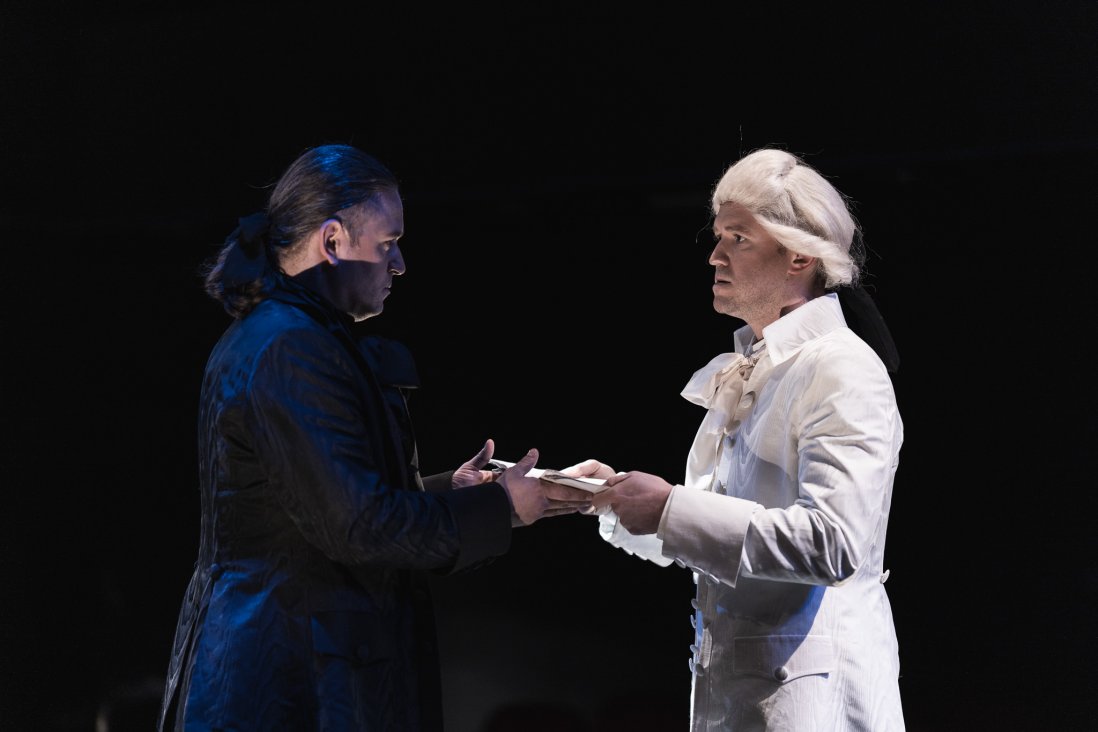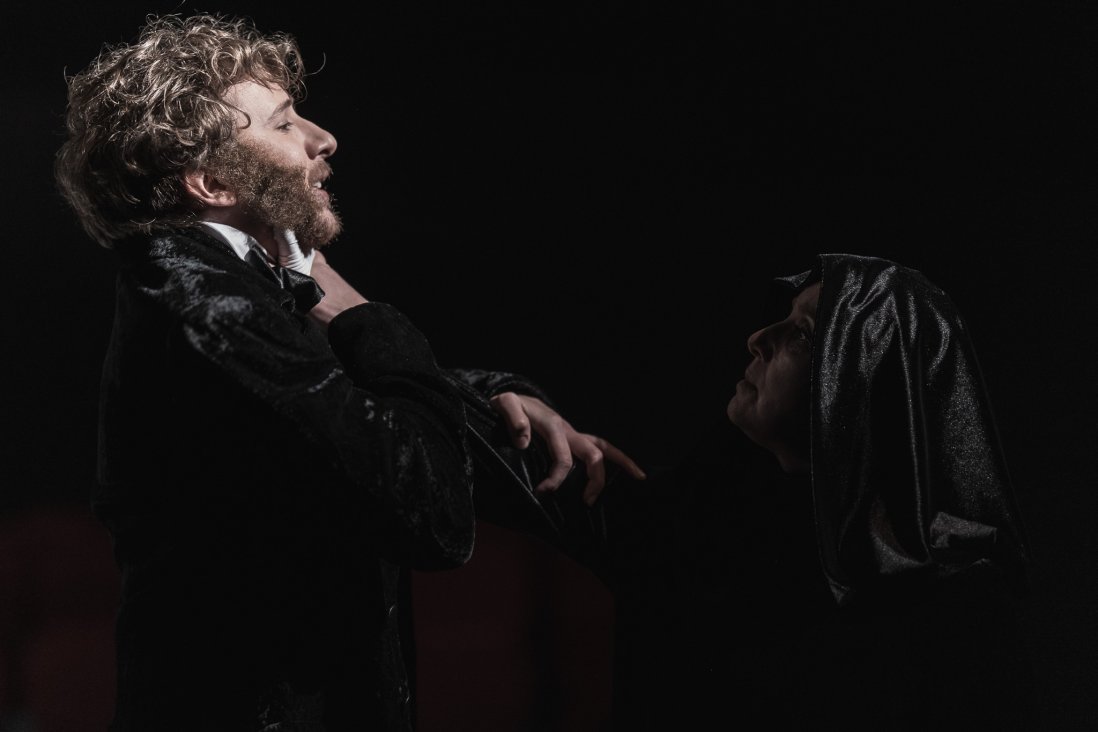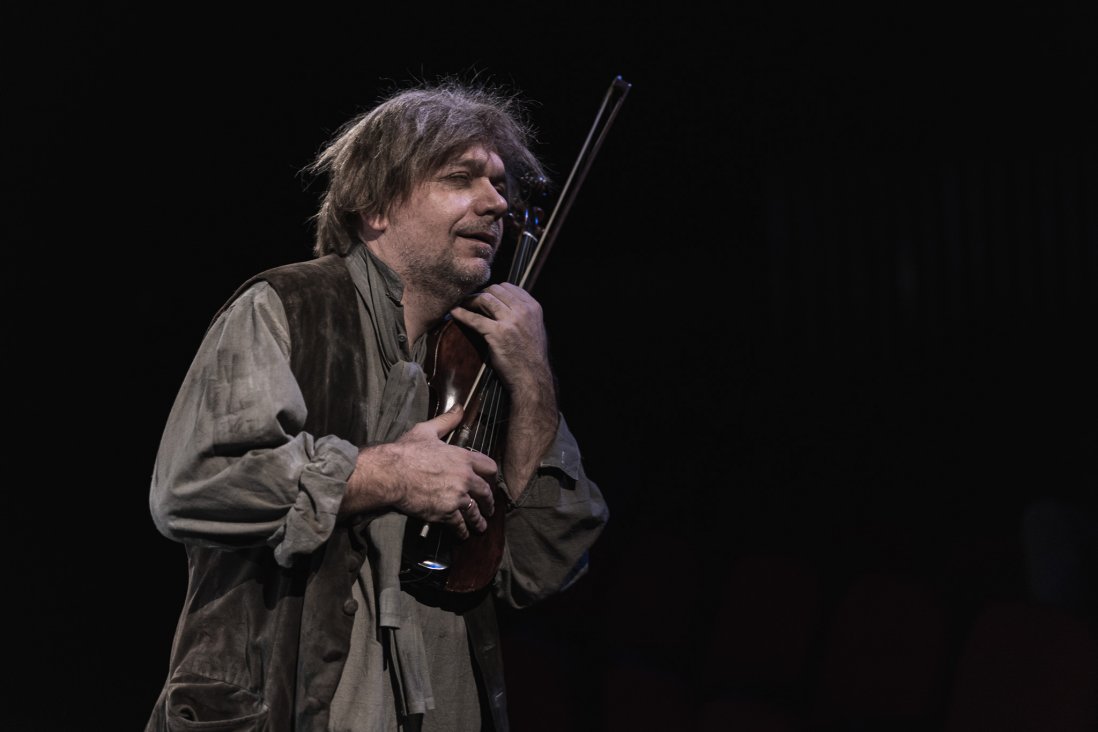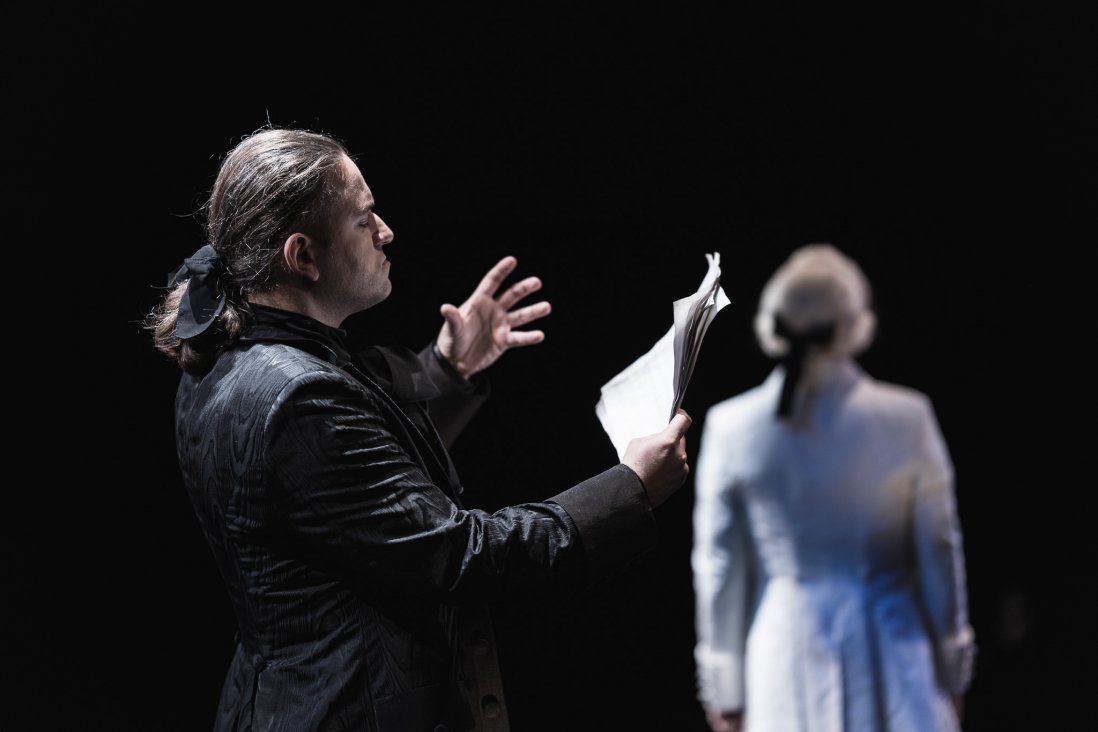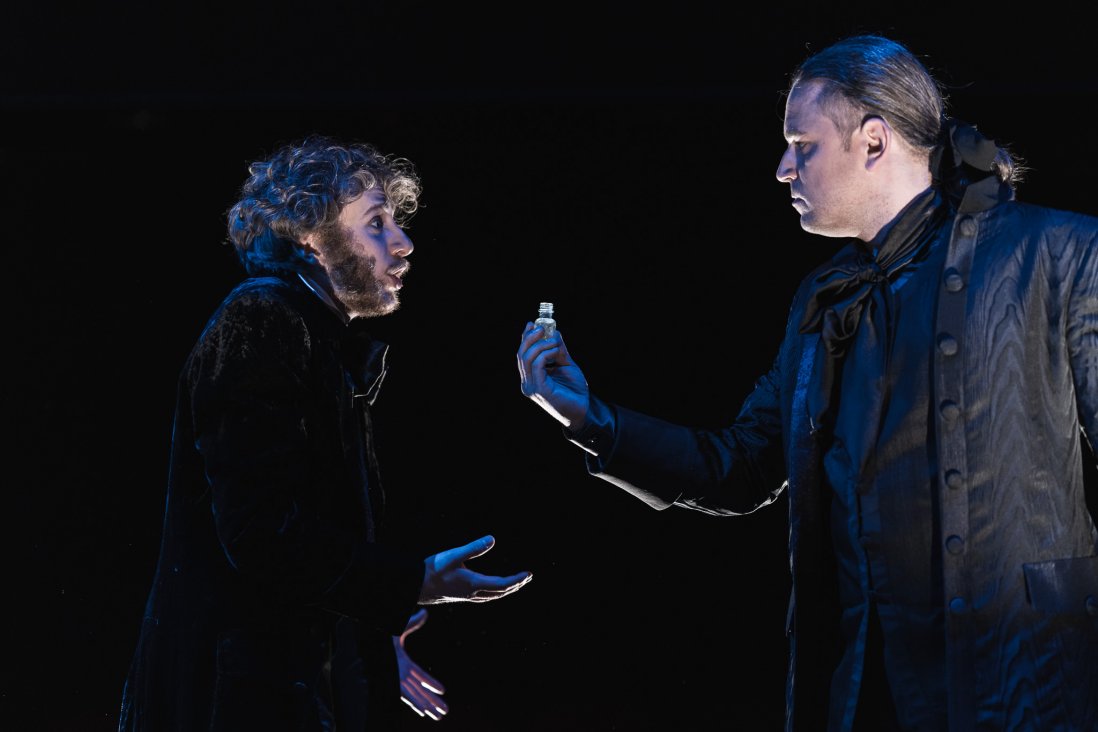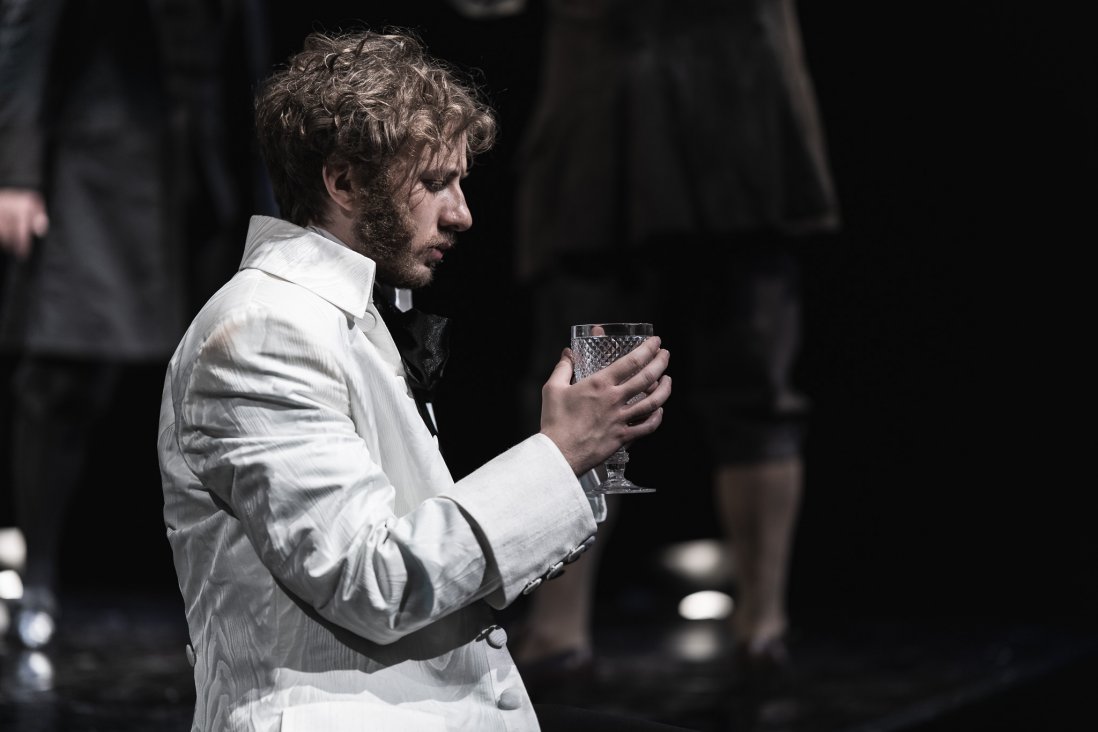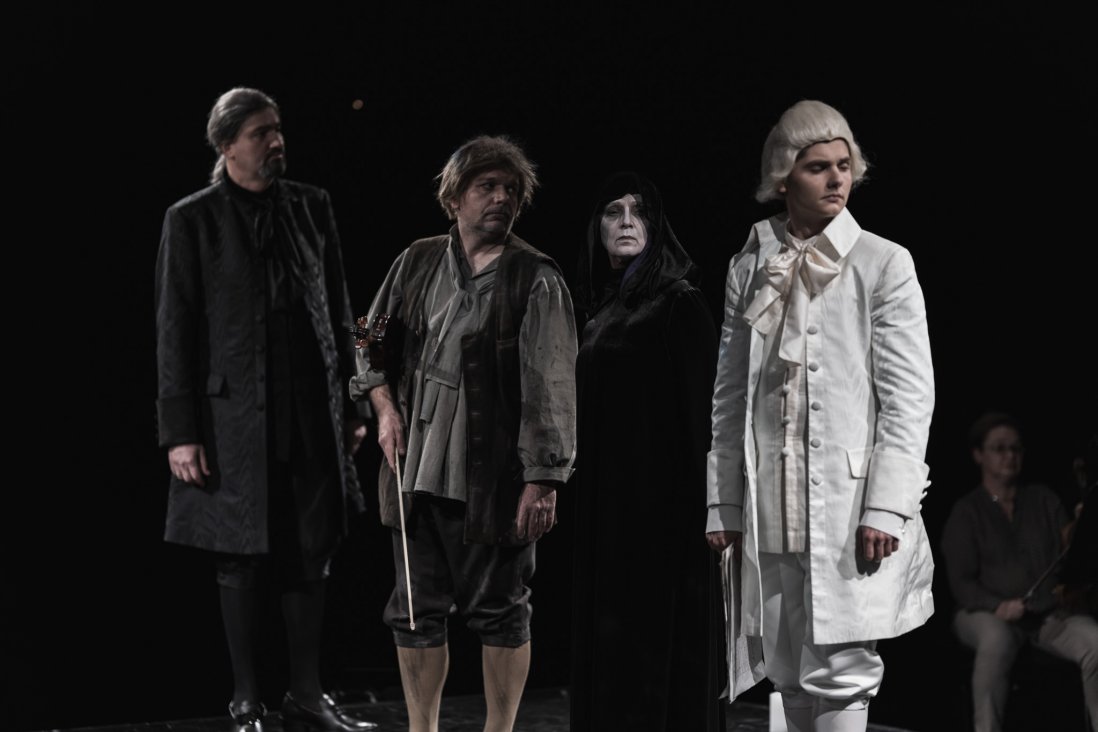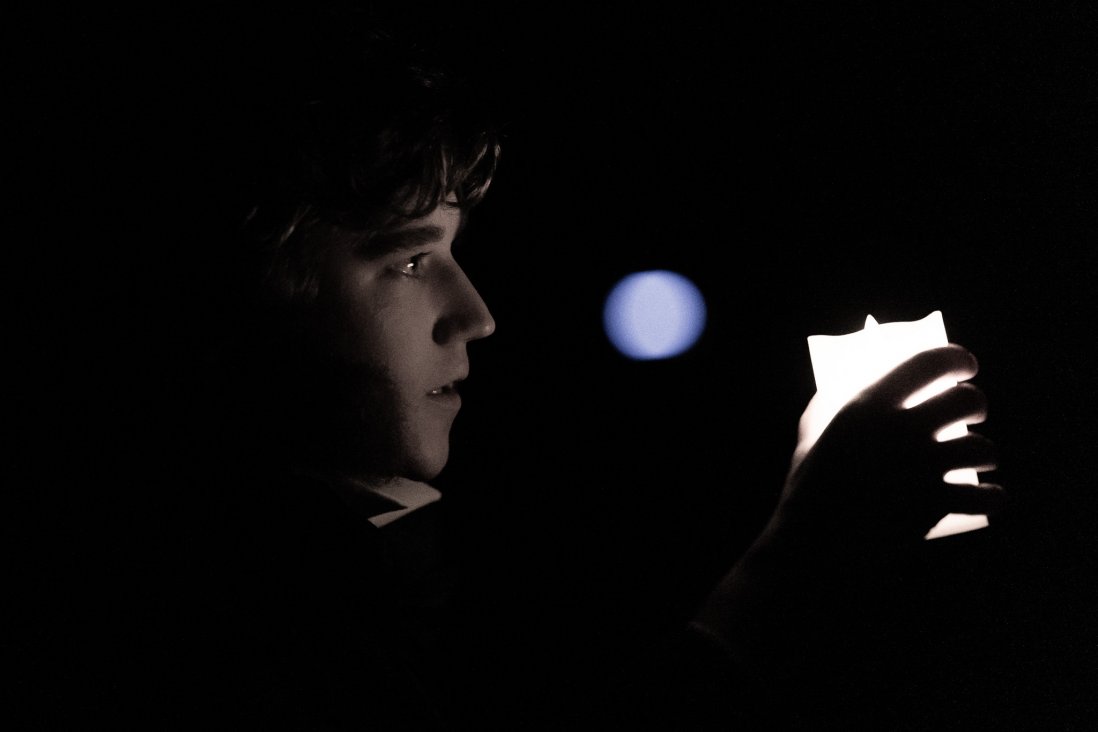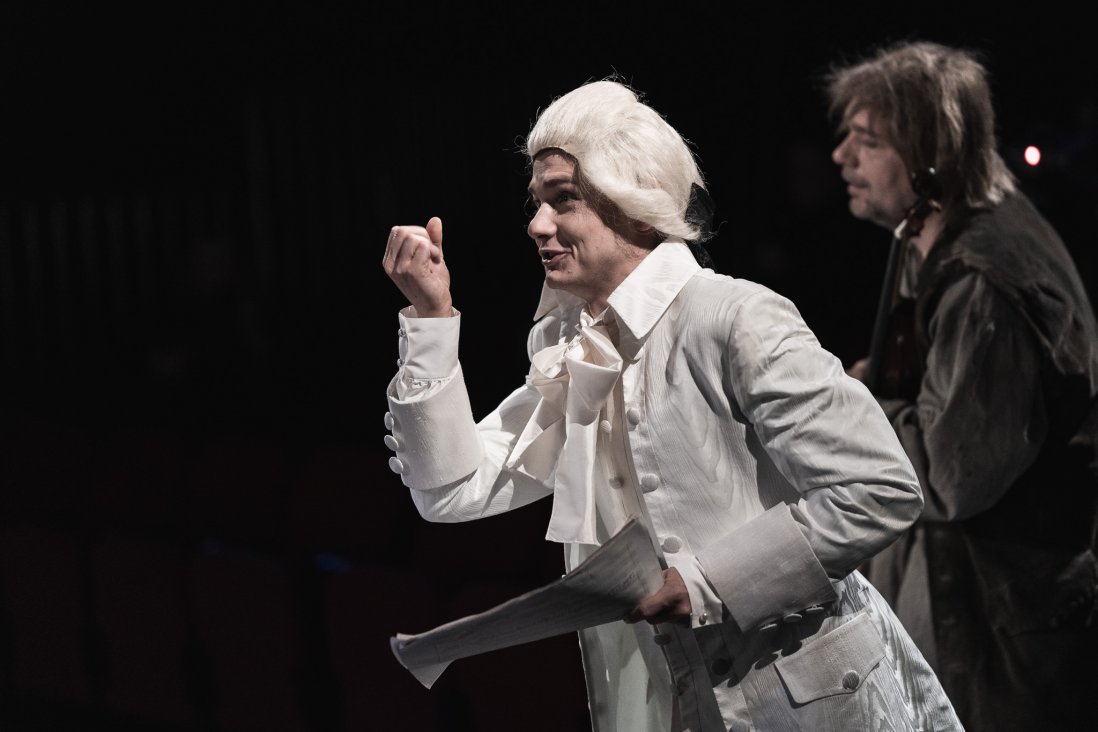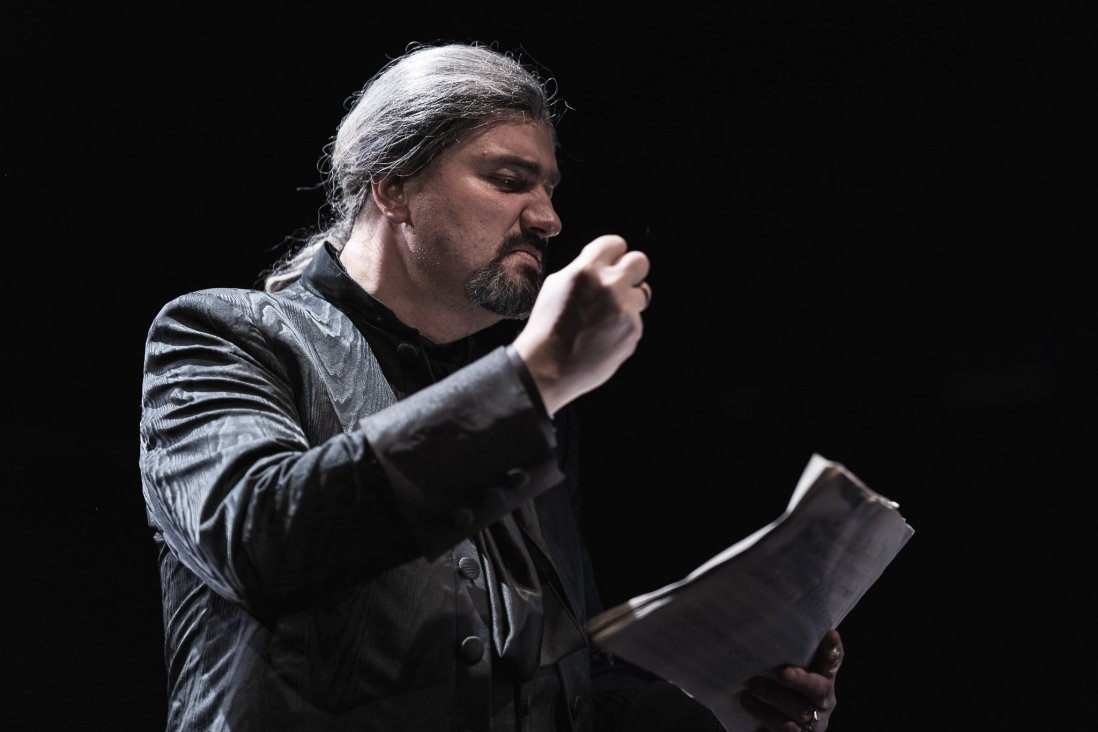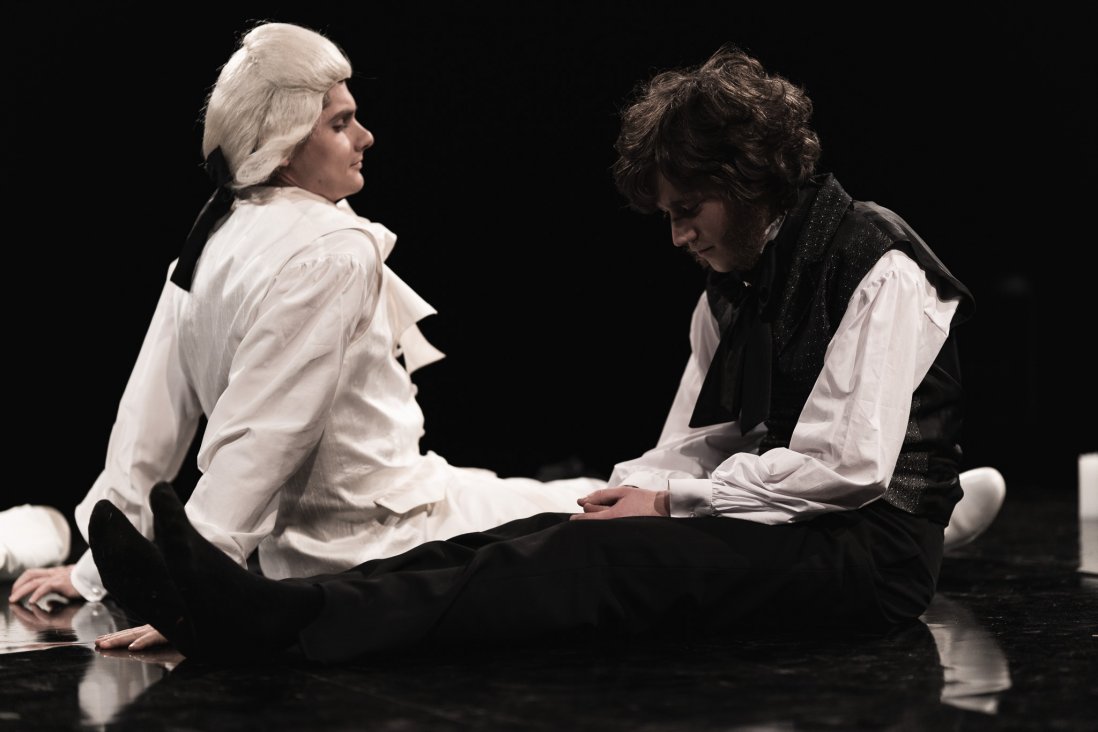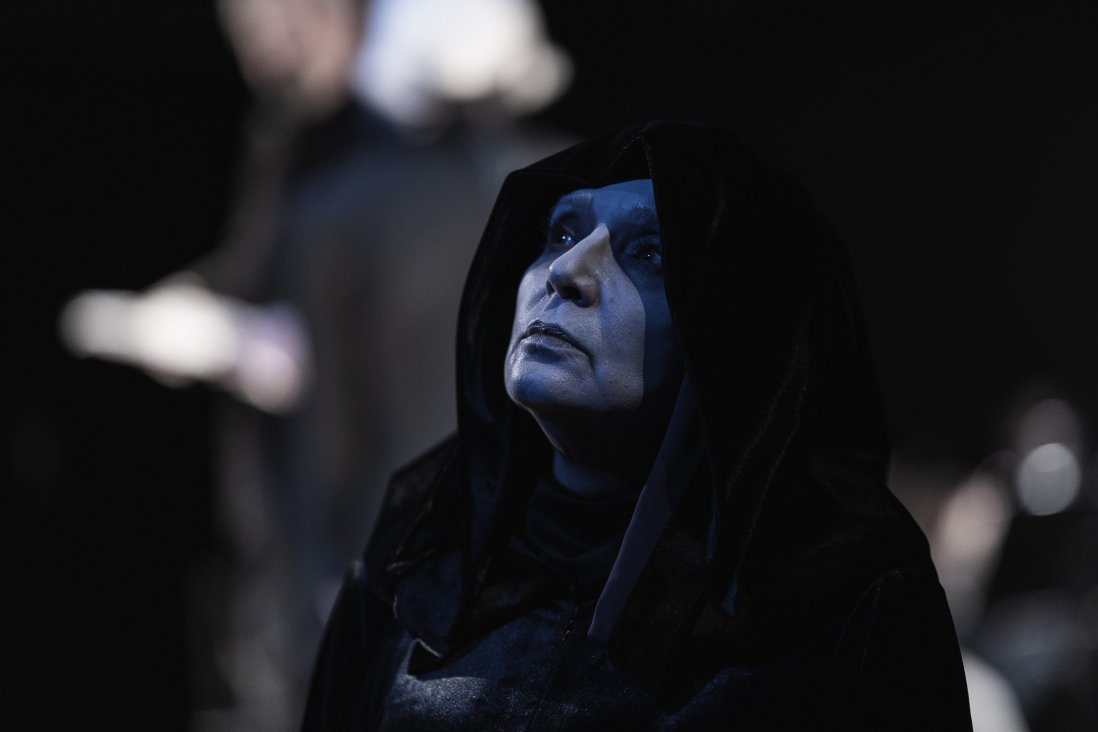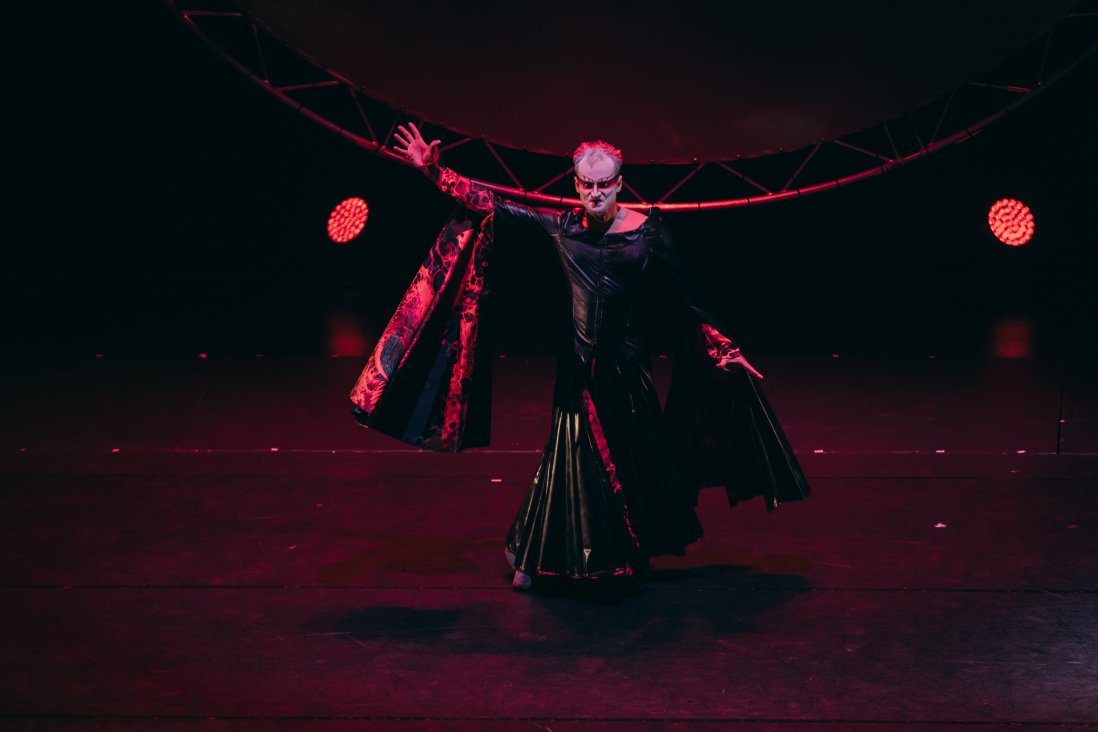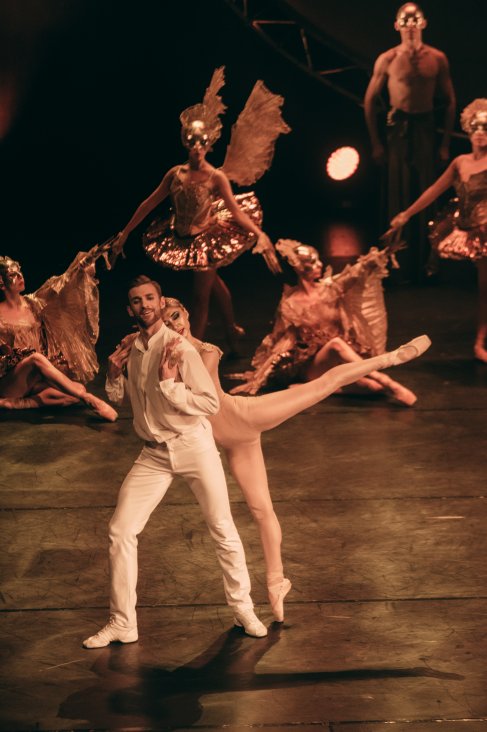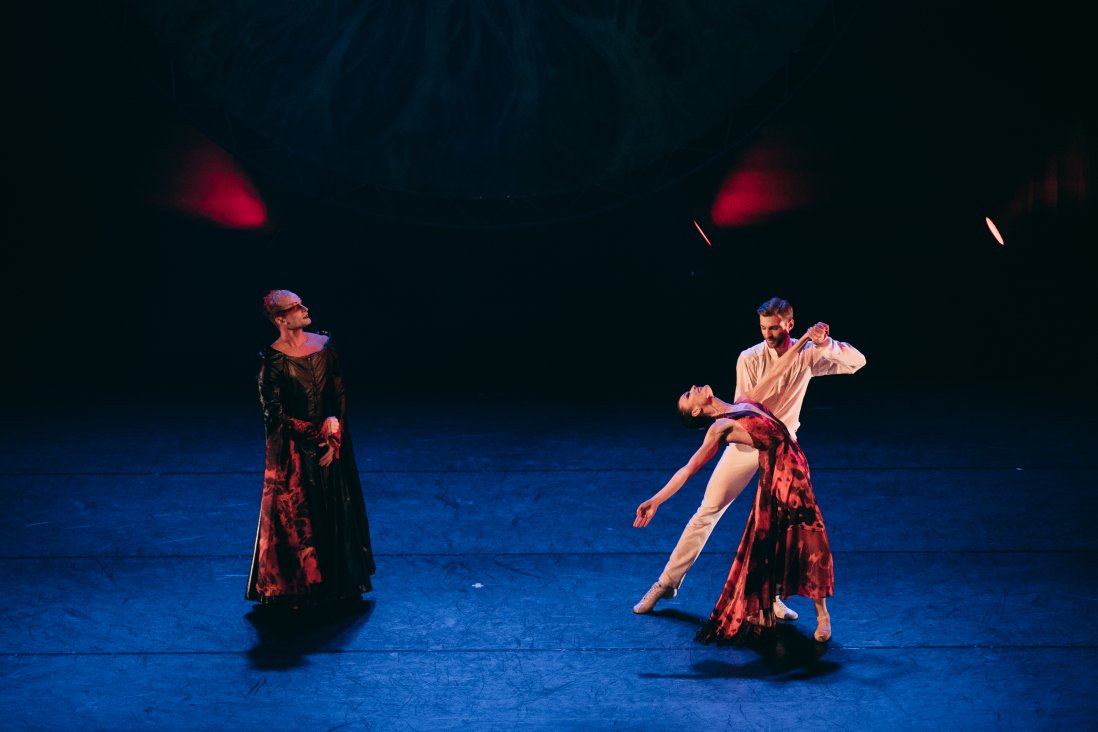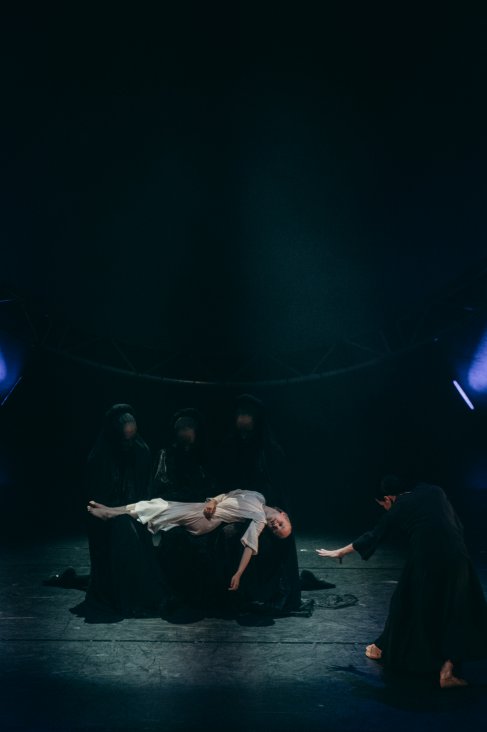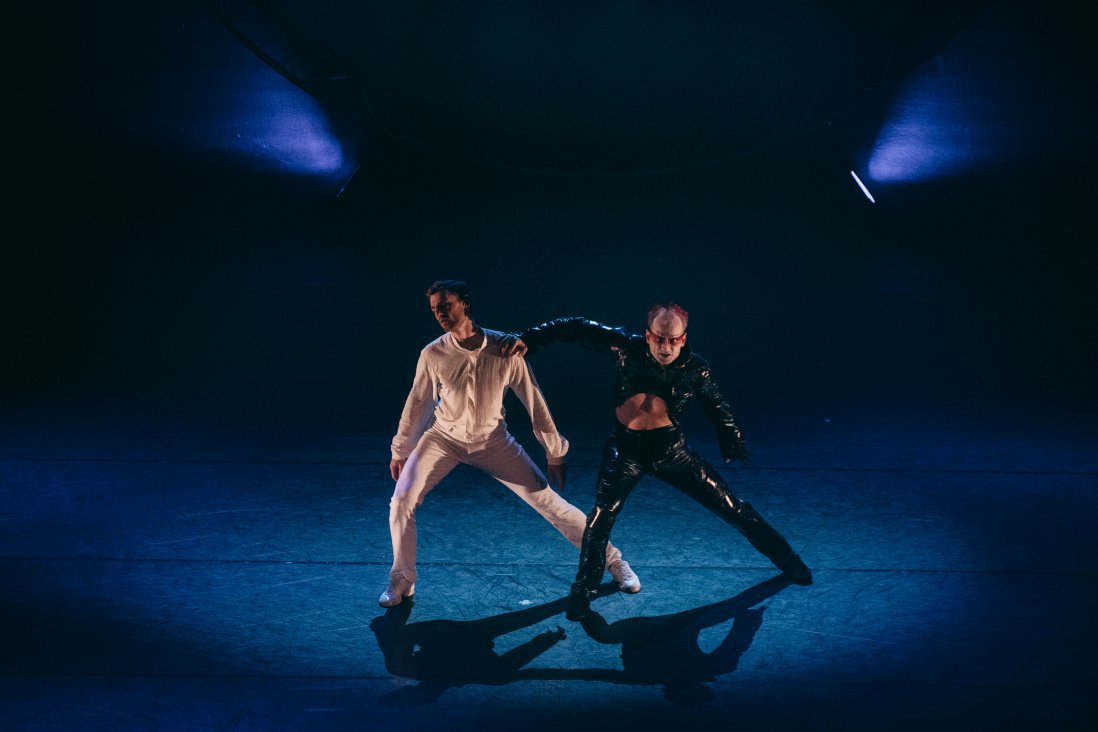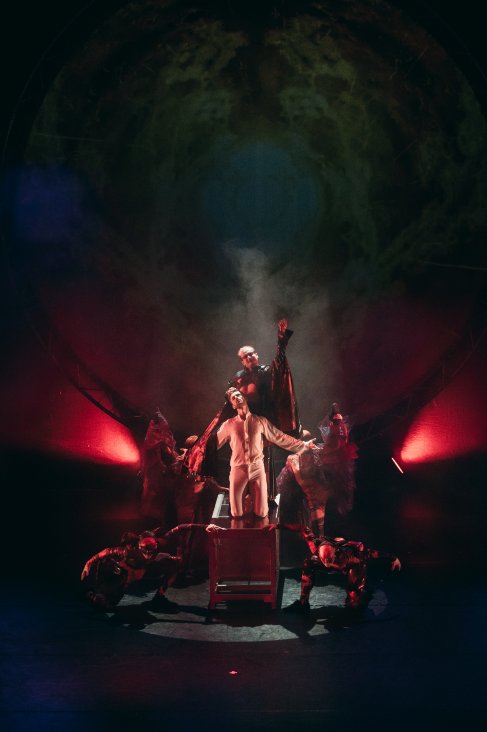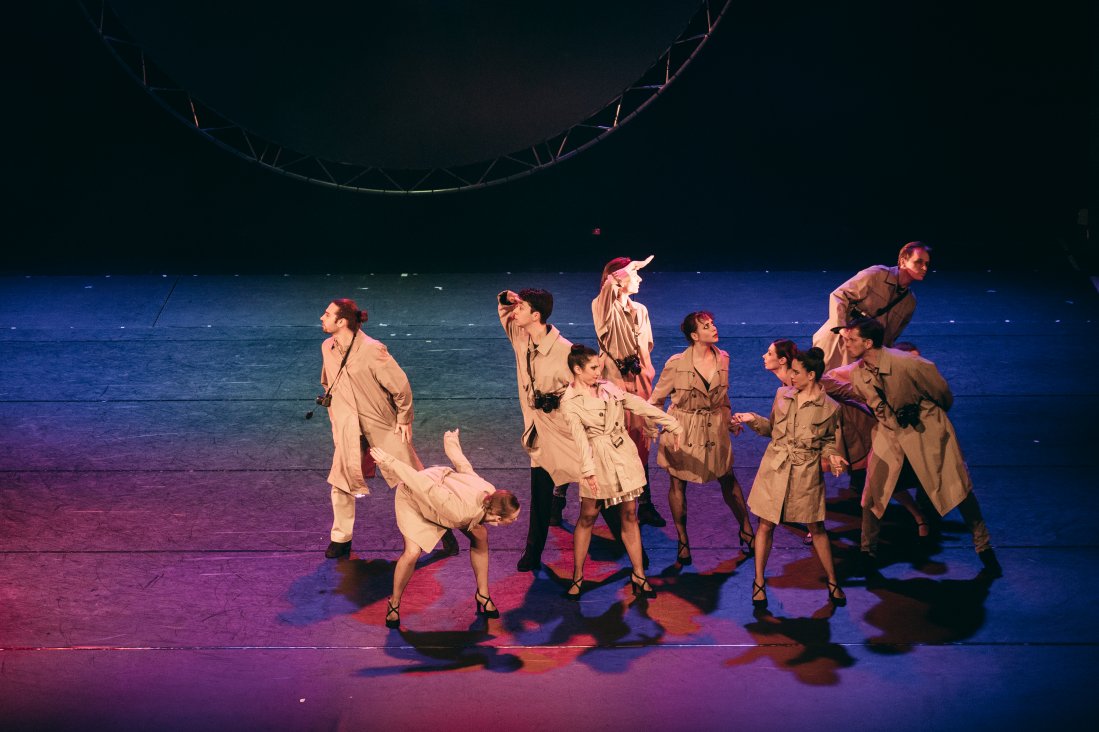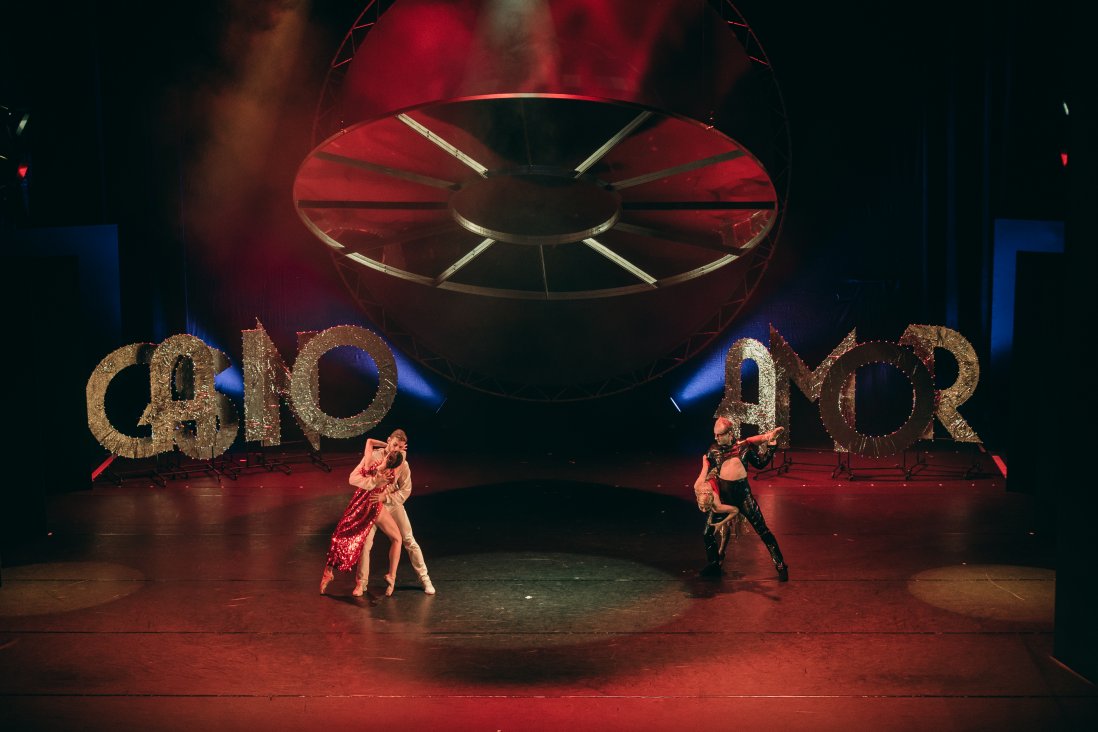“Mozart and Salieri” and “Sir Twardowski”: After the Premières
“Mozart and Salieri” and “Sir Twardowski”: After the Premières
The second half of November was marked by two premières in the Opera building at ul. Lubicz 48.
On 20 and 21 November, the new staging of N. Rimsky-Korsakov’s “Mozart and Salieri” was presented. A week later, on 26, 27 and 28 of November, we celebrated the first ballet première of the season - L. Różycki’s “Sir Twardowski.”
Mozart, Salieri and... Pushkin.
This is the third staging of the chamber opera of Rimsky-Korsakov in the history of our Theatre - after the performances of 1981 and 2001. Director Fred Apke and music director Kai Bumann decided to enhance the content of the performance with a selection of Alexander Pushkin's poems - author of the drama that was used by Rimsky as the libretto for the one-act opera. Introducing the character of Poet, intended for an actor, the authors resign from highlighting the sensational anecdote of Mozart poisoned by the jealous rival and shift the attention of the audience to a different aspect of the work. Elżbieta Kamińska notes in “Kultura Na Co Dzień”:
The character of Poet which during the première was played by Kamil Pudlik offered
a certain framing for the play. As viewers, we are engaged in the creation of Pushkin’s work, “Mozart and Salieri.” We can see what the artist is struggling with when working. We are following his words, we are able to feel the emotions that are building up in the character. We are observing the dilemmas and the internal struggle of the writer.
The Chamber Stage, on account of its small size and location of the seating for the audience along three sides of a square makes us even more immersed in the play. In their parts, the actors address individual members of the audience directly, establishing eye contact with them - which instils them with importance and delivers sensations that stay with us for
a while. After leaving the building and closing the door of the artistic zone, they awaken and demand analysis.” (read more)
“The most important happens between the main characters. Salieri’s part, relying on elaborate monologues, is difficult to sing, yet it was written for the legendary bass Feodor Chaliapin. That is why Sebastian Marszałowicz deserves special recognition for his vocal ease and interpretation of the text that fixes the viewers’ attention,” – Jacek Marczyński, Ruch Muzyczny (read more)
“[…] the performers playing both dramatis personae in the first cast have fulfilled the requirements set for them. Sebastian Marszałowicz as Salieri and Jarosław Bielecki as Mozart excellently showed the characters of both protagonists and their emotional states with the tones of their voices. The second cast also features a conflict of generations on account of the juxtaposition of Volodymyr Pankiv, an experienced signer who has been performing on stage for a long time, and Adrian Domarecki, who is still a student,” – Lesław Czapliński, Maestro.net (read more)
The character of Poet which during the première was played by Kamil Pudlik offered
a certain framing for the play. As viewers, we are engaged in the creation of Pushkin’s work, “Mozart and Salieri.” We can see what the artist is struggling with when working. We are following his words, we are able to feel the emotions that are building up in the character. We are observing the dilemmas and the internal struggle of the writer.
The Chamber Stage, on account of its small size and location of the seating for the audience along three sides of a square makes us even more immersed in the play. In their parts, the actors address individual members of the audience directly, establishing eye contact with them - which instils them with importance and delivers sensations that stay with us for
a while. After leaving the building and closing the door of the artistic zone, they awaken and demand analysis.” (read more)
“The most important happens between the main characters. Salieri’s part, relying on elaborate monologues, is difficult to sing, yet it was written for the legendary bass Feodor Chaliapin. That is why Sebastian Marszałowicz deserves special recognition for his vocal ease and interpretation of the text that fixes the viewers’ attention,” – Jacek Marczyński, Ruch Muzyczny (read more)
“[…] the performers playing both dramatis personae in the first cast have fulfilled the requirements set for them. Sebastian Marszałowicz as Salieri and Jarosław Bielecki as Mozart excellently showed the characters of both protagonists and their emotional states with the tones of their voices. The second cast also features a conflict of generations on account of the juxtaposition of Volodymyr Pankiv, an experienced signer who has been performing on stage for a long time, and Adrian Domarecki, who is still a student,” – Lesław Czapliński, Maestro.net (read more)
“Polish Faustus” in the 21st Century
Ludomir Różycki's “Sir Twardowski” returned to our stage one hundred years after the world première (9 May 1921, Grand Theatre in Warsaw) and twenty years after the last staging in Kraków (2001, stage design and choreography by Hanna Chojnacka; before that also in 1980 directed by Tomasz Gołębiowski, who was also the set designer and the choreographer). The author of the new staging and choreography is Violetta Suska: by reinterpreting the popular legend about the most famous Polish magician, she transferred the events into the present-day reality and highlighted the timeless message of the play.
“A colourful and dynamic performance has been prepared with adequate dramaturgy, filled with numerous episodes manifesting the aforementioned themes in the form of a dream of the main character. The choreographer has to be praised for the ability of combining classical dance with elements and forms of modern and character dance. Important elements building the atmosphere of the entire performance were the fanciful costumes and the set design created by Maria Balcerek, assisted by the lights and projections by Marcin Nogas. […] As far as the level of performance is concerned, it must be noted that the entire ballet team of the Kraków Opera has shown its creative potential in the play. Dzmitry Prokharau as Devil, Yauheni Raukuts as Young Twardowski and Agnieszka Chlebowska as Woman in Red shone like stars. Sofia Manca and Marianna Morfin-Schanchez in the impressive choreography of Kraków Puppets were also memorable. Tomasz Tokarczyk at the conductor’s stand tried to bring out the lyrical fragments and the symphonic character of Różycki's music. He carefully minded the tempo, thus assisting the dancers in peaceful performance of their tasks,” – Adam Czopek, Maestro.net (read more)
“Sir Twardowski” will return to our stage in February and April, while “Mozart and Salieri” will be staged again in March 2022.
“A colourful and dynamic performance has been prepared with adequate dramaturgy, filled with numerous episodes manifesting the aforementioned themes in the form of a dream of the main character. The choreographer has to be praised for the ability of combining classical dance with elements and forms of modern and character dance. Important elements building the atmosphere of the entire performance were the fanciful costumes and the set design created by Maria Balcerek, assisted by the lights and projections by Marcin Nogas. […] As far as the level of performance is concerned, it must be noted that the entire ballet team of the Kraków Opera has shown its creative potential in the play. Dzmitry Prokharau as Devil, Yauheni Raukuts as Young Twardowski and Agnieszka Chlebowska as Woman in Red shone like stars. Sofia Manca and Marianna Morfin-Schanchez in the impressive choreography of Kraków Puppets were also memorable. Tomasz Tokarczyk at the conductor’s stand tried to bring out the lyrical fragments and the symphonic character of Różycki's music. He carefully minded the tempo, thus assisting the dancers in peaceful performance of their tasks,” – Adam Czopek, Maestro.net (read more)
“Sir Twardowski” will return to our stage in February and April, while “Mozart and Salieri” will be staged again in March 2022.
